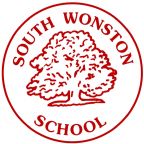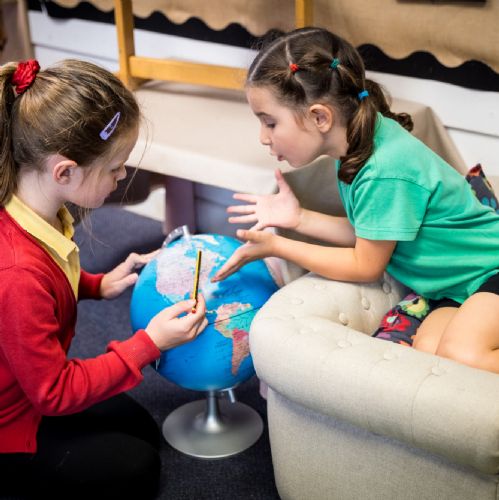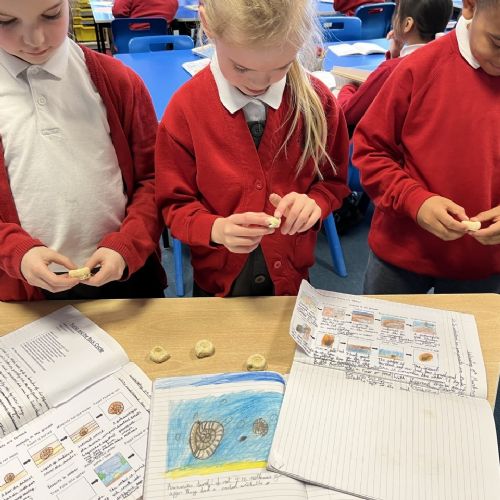Geography
What does Geography look like at South Wonston?
Intent
We believe that at South Wonston Primary School our children should develop a secure understanding of where places are found, what they are like and the relationships between people and their environments. Our intention is for our children to be curious about the world around them. We want them to develop a rich bank of vocabulary that is both subject specific and associative so that they can use disciplinary literacy to talk confidently as geographers. They will be able to compare, question and describe what they observe. We want them to be able to make links between concepts and skills including knowledge of location, place, scale, human and physical geography and fieldwork. We aim, through linking new content to prior learning, to ensure children’s understanding of geography is more than just ‘in the moment knowledge’.
Implementation
At South Wonston, we follow the CUSP Geography curriculum. Our ambitious Geography content is organised over a two year cycle. The journey will begin in the EYFS as children explore their locality and immediate environment.
The cumulative nature of the curriculum, which includes retrieval knowledge, spaced retrieval practice, a focus on subject specific vocabulary and deliberate practice tasks ensures that the children have a secure understanding of each unit being taught.
The four substantive knowledge concepts and skills as laid out in the National Curriculum of ‘Locational Knowledge’, ‘Place Knowledge’, ‘Human and Physical Geography’ and ‘Geographical Skills and Fieldwork’ are the foundation of how Geography is implemented. There is opportunity to ‘think more like a geographer’ by exploring the disciplinary knowledge of ‘Place and Space’, ‘Scale and Connection’, ‘Physical and Human Geography’, ‘Environment and Human Geography’ and ‘Culture and Diversity’ in each unit. These themes reoccur throughout the curriculum.
Strong start and reference lessons are used at the beginning of new units. These help to guarantee that the children are not only motivated by new topics but that they have the knowledge, skills and vocabulary in place to be able to make connections to new content.
At the beginning of each new unit, a knowledge organiser is shared with the children with key information, facts and vocabulary the children will be learning. Knowledge notes are also used in each lesson as a reference point for the children and to highlight the key ideas and make links to other units. These are used as scaffolds to support and challenge all learners. Both of these are placed in the children’s individual books or floor books. Lessons begin with retrieval knowledge quizzes and questions to reinforce children’s understanding or prior learning and to help inform formative assessments.
Field work and school trips are an important part of the geography curriculum. Our children are motivated by these first-hand experiences as they have opportunity to deepen their knowledge and understanding of where they have been studying.
Impact
The impact of our Geography curriculum is measured by assessment for learning in lessons, knowledge retrieval quizzes, evidence in books and speaking to the children about their work in Geography. The evidence will show that the children have acquired identified key knowledge and skills. By the end of their time at our school, our children will be able to talk about and have an appreciation of the world around them and their place in it. They will use rich and considered vocabulary to describe, explain and compare as geographers. They can use their geographical skills to find out about their environment and aspire to discover more!


.png)
